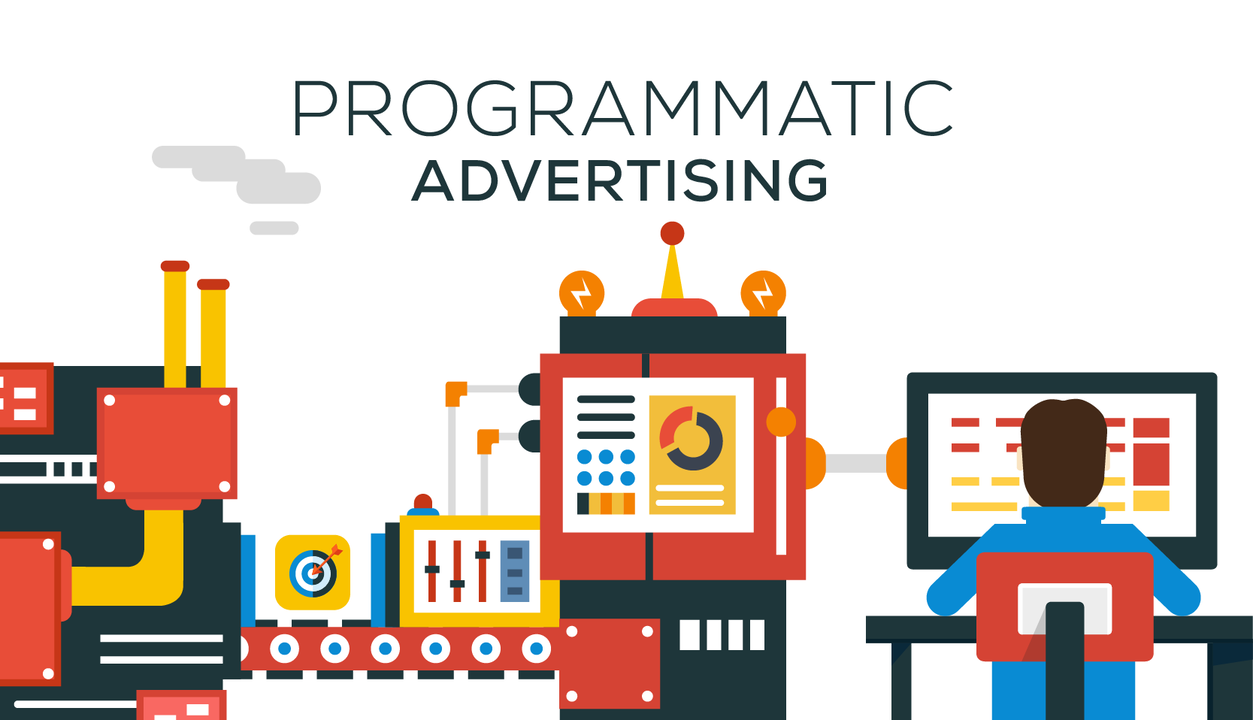Programmatic advertising has revolutionized digital marketing. The ability to use data and automation to precision-target ads unlocks the huge potential to engage customers. But with so many elements to master – DSPs, SSPs, RTB auctions – programmatic can seem overwhelming. In this post, we’ll break down what programmatic advertising is, how it works, and tips to succeed with automated ad buying.
What is Programmatic Advertising?
Programmatic advertising leverages automation, data, and real-time bidding to deliver highly targeted digital ads. Instead of manually negotiating placements, ads are bought and sold through automated auctions within ad exchanges. Advertisers use demand-side platforms (DSPs) to strategically bid on ad inventory that matches their target audiences.
With programmatic, you can reach exactly the right person at precisely the right moment on any device. Dynamic creative optimization even allows adjusting messaging in real-time based on the individual viewer. The automated, data-fueled approach makes advertising hyper-efficient and effective.
Understanding the Programmatic Ecosystem
Behind the scenes, an intricate technology ecosystem powers programmatic advertising:
- Ad exchanges facilitate automatic auctions to sell digital ad impressions. This happens in real-time as users load web pages or apps.
- Supply-side platforms (SSPs) help publishers connect inventory to exchanges and apply targeting data.
- Demand-side platforms (DSPs) allow advertisers to purchase inventory through the exchange using customized bidding strategies.
- Data management platforms (DMPs) aggregate audience data from various sources to enable smarter bidding decisions.
- Ad servers handle serving the ads after bids are won to track and report performance.
Navigating this landscape can feel daunting at first. But a basic grasp helps demystify how your ads end up in front of the right audiences.
Crafting a Winning Media Strategy
The precision promised by programmatic is only as good as your strategy. Success requires thoughtful planning and execution. Here are some best practices:
- Set specific campaign objectives like reach, engagement, or conversions to drive your strategy. Don’t just chase vanity metrics.
- Identify your highest-value audience segments based on first-party data and past performance. Quality over quantity.
- Work closely with your DSP to build optimal tactics like accurate bidding, fraud filtering, and frequency capping.
- Leverage tactics like audience exclusion to minimize wasted spend on those who won’t convert.
- Monitor performance in real-time and optimize based on insights. Automate optimizations where possible.
- Test new inventory, formats, and creatives continually to improve performance.
With the right blend of automation and human oversight, programmatic can deliver precision targeting scaled across channels.
Maximizing Your DSP Relationship
Your DSP partner plays a crucial role in effective programmatic advertising. Invest in this relationship:
- Seek robust targeting capabilities, inventory access, and campaign management features in a DSP. You want flexibility and control.
- Ask about how they safeguard quality – filtering unauthorized sellers, avoiding fraud domains, and brand safety protocols.
- Understand the level of transparency in fees, auction mechanics, and pricing. Hidden elements can eat away at your ad spend.
- Get trained on how to use your DSP’s features to their full potential. Leverage all their expertise and capabilities.
Like any partnership, put in the work to develop a trusted, value-driving relationship. Be willing to provide feedback to improve the platform and your outcomes together.
Measuring What Matters
With so much granular data, it’s tempting to get lost in the programmatic analytics. Focus on insights tied directly to your KPIs, like:
- Sales or conversions driven by your media spend.
- Cost per acquisition or bounce rate declines.
- Brand lift or increase in positive brand perception.
- Increased visitor time on site.
Align your DSP reports to your goals. And work to connect online media exposure to offline business results.
Getting Started with Automated Advertising
Look at programmatic advertising as an ongoing learning curve rather than a single tactic to implement. Lean into a culture of continual testing and optimization. Arm yourself with education on the nuances of this ecosystem. And invest in the right technology and partner relationships to unlock its potential.
When executed strategically, automated data-driven advertising can deliver tremendous efficiency and return on ad spend. Avoid getting overwhelmed by the technical complexities. Embrace programmatic as a flexible, intelligent way to reach your customers. With the right approach, it will become an invaluable and highly effective part of your digital marketing strategy.
Key Opportunities for Programmatic Advertising Growth
Leveraging New Digital Channels: Programmatic marketing growth in streaming audio, digital out-of-home, over-the-top streaming, and gaming present new avenues for brands to explore.
Building Omnichannel Strategies: Programmatic allows tighter omnichannel integration with other digital marketing channels like paid social, native advertising, and more for 360-degree strategies.
Applying Emerging Technologies: Machine learning, NLP and computer vision open new possibilities for optimized targeting, creative personalization, and campaign analytics using programmatic advertising.
Testing Innovative Pricing Models: Programmatic advertising enables moves to outcomes- and impression-based pricing models between brands and publishers, shifting away from clicks and conversions.
Read More- To Hire or Outsource SEO? How to Decide What’s Best

